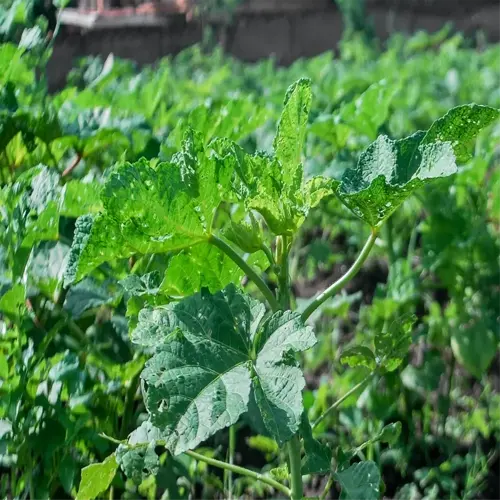Do olive trees require cross-pollination?

Written by
Benjamin Miller
Reviewed by
Prof. Martin Thorne, Ph.D.Grow olives with dependable harvests is reliant upon understanding the (pollination) dynamics. While some olive tree varieties are self-pollinating, most olive trees benefit greatly from cross-pollination by a nearby variety. For example, my client had Arbequina olive trees and, after we added a Frantoio nearby, the client had more than 30% greater yield. Honey bees can transfer the pollen from the flowers of one tree to the flowers of another tree, but strategic planting can make it a success.
Self-Fertile Types
- Arbequina: 90% fruit set alone
- Koroneiki: Minimal pollen needed
- Picual: Thrives in isolation
Cross-Pollinated Types
- Leccino: Requires Frantoio or Pendolino
- Manzanillo: Pairs with Mission
- Picholine: Needs Ascolano within 50 ft (15m)
Pollination rates are affected by the spacing of trees. It is recommended that trees be kept within 30 feet (9 meters) of one another for effective pollen transfer. I space in checkerboard fashion - planting alternating varieties in every other row. A grower in California increased his oil production by 40% using this method. Adequately accounting for wind direction is important when making planting decisions, so be sure to place your pollinators upwind.
Environmental Factors
- Avoid pesticides during spring bloom
- Plant companion flowers like rosemary and lavender
- Maintain 60-80°F (16-27°C) for bee activity
Manual Techniques
- Shake branches gently during flowering
- Use soft brushes for small orchards
- Install bee hives at 1 per acre (0.4 ha)
Urban gardeners frequently inquire about the fruiting capability of single trees. My client in Seattle has a potted Arbequina that yields 5 lbs of olives each year with no other trees as partners. To increase the crop yield, graft a different variety of olive trees onto its rootstock. This is an effective space-saving solution that I successfully employed for a balcony garden on the fourth floor of a multi-story building.
Understanding pollination produces crop yields in any agricultural setting: A Texas orchardist has doubled his yields in the last three years by placing wildflower borders around his fields. His bees now visit 200% more flowers each day. Keep in mind that the individual flowers of olive trees bloom in succession over a span of 3 weeks. Having an extended bloom period naturally allows for more opportunities for cross-pollination.
Read the full article: How to Grow Olives: Step-by-Step Guide for Home Gardeners

